
American rock group Steely Dan have trodden a few different genre lines in their career – they almost became their own genre – but one thing that remains constant in their sound is their highly sophisticated use of chords and chord inversions.
Instead of just sticking to conventional chord shapes, late guitar (and bass) player, co-founder Walter Becker preferred to use different inversions to place guitar in the track in a different way, when paired with lead vocalist Donald Fagen’s keyboard work and a host of session aces that the band hired over the years.
In this lesson we’re going to dig into four key chords that shaped the band’s sound.
The Mu major chord
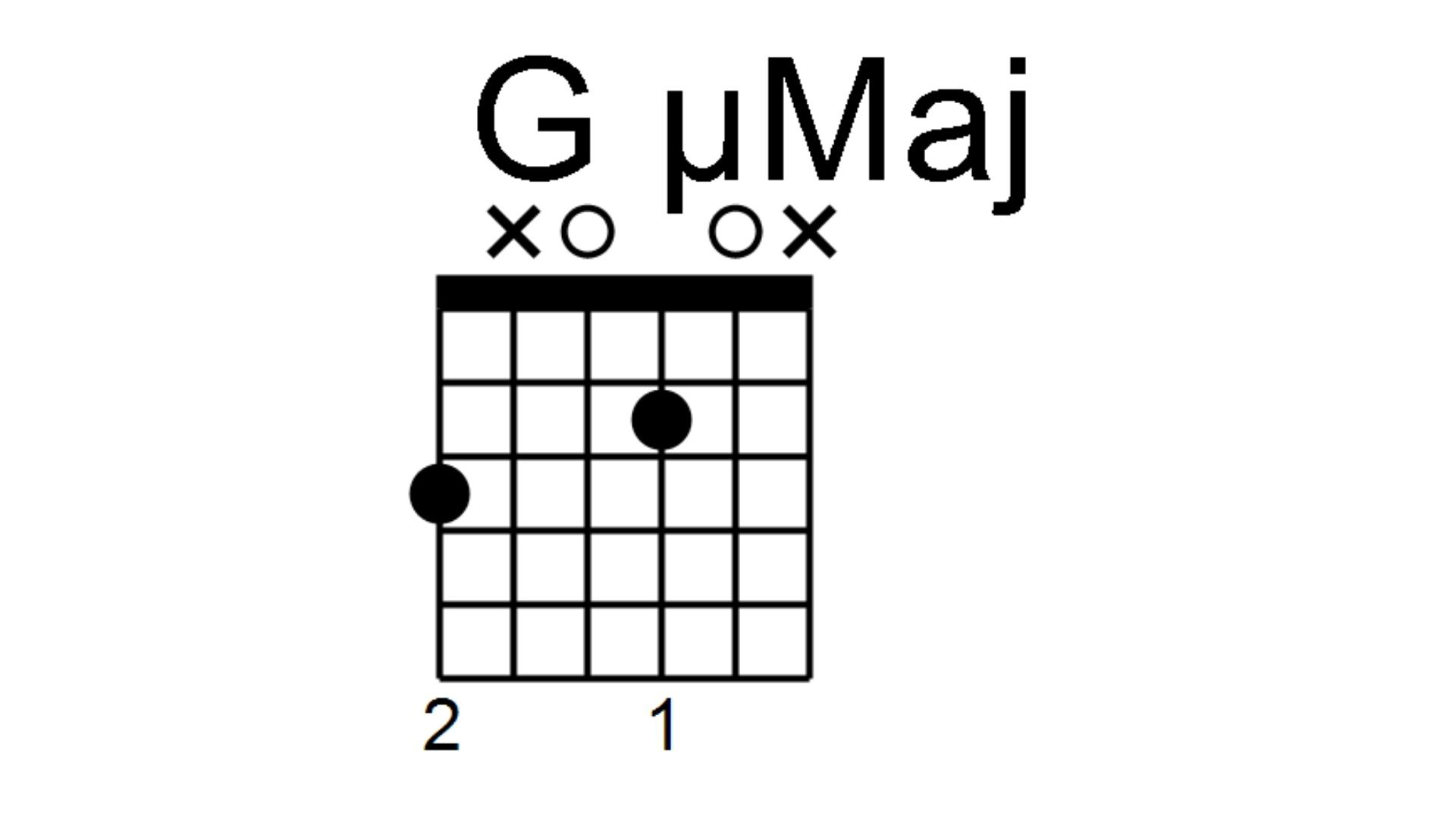
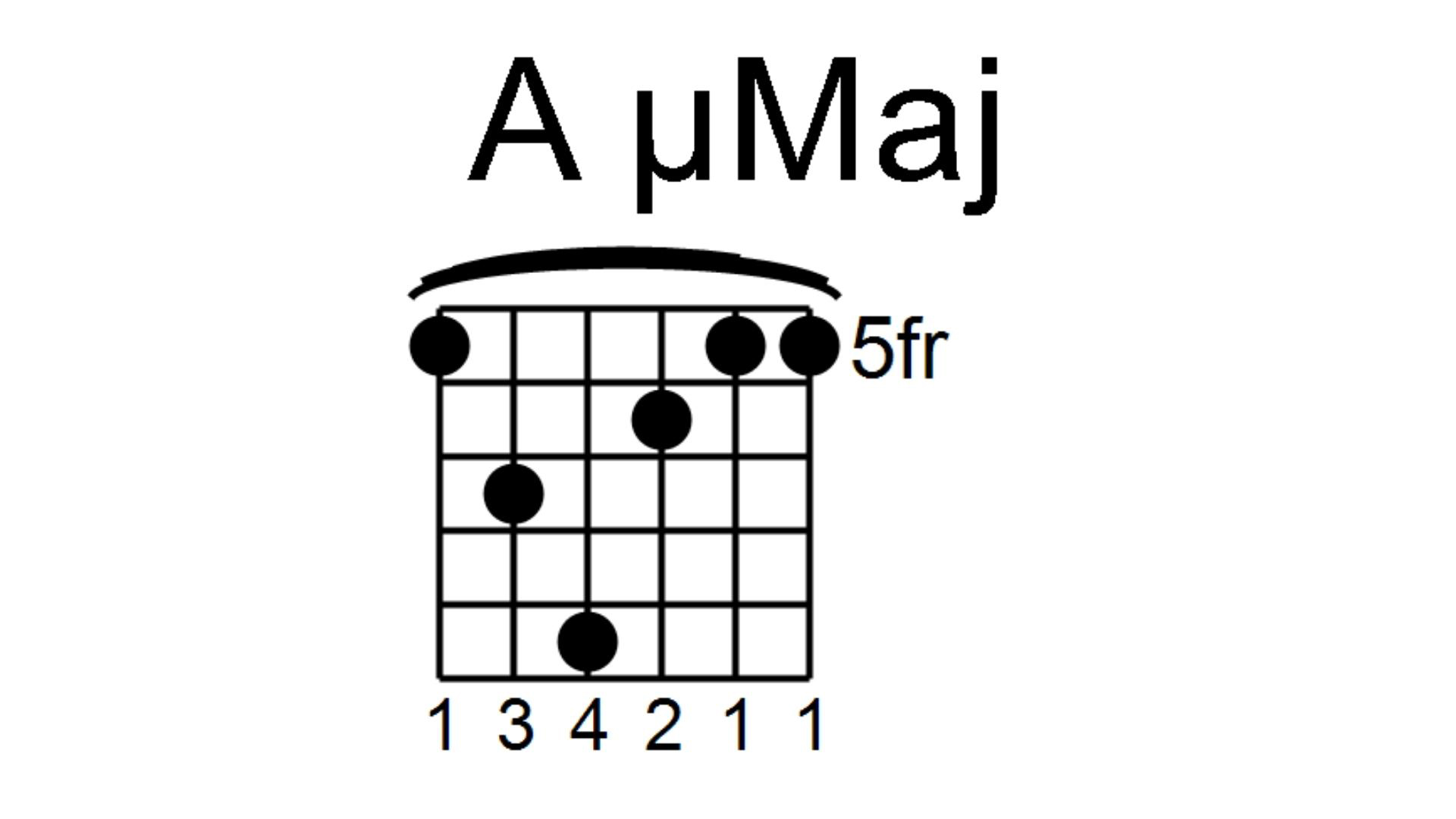
This chord is known as the chord when it comes to Steely Dan's sound. The chord itself is not that difficult, it’s a major chord with an added 2nd note. You could also refer to it as being an add2 chord. It can also be written as the 'µ' chord.
This is an idea you can apply to any chord, just work out the notes of the major triad and then add the 2nd from that chords major scale.
Here is an example of an open position G mu major, and a transposable A mu Major barre chord.
This chord type can be heard in a range of their big hits including Reelin’ In the Years.
4-string Major 7
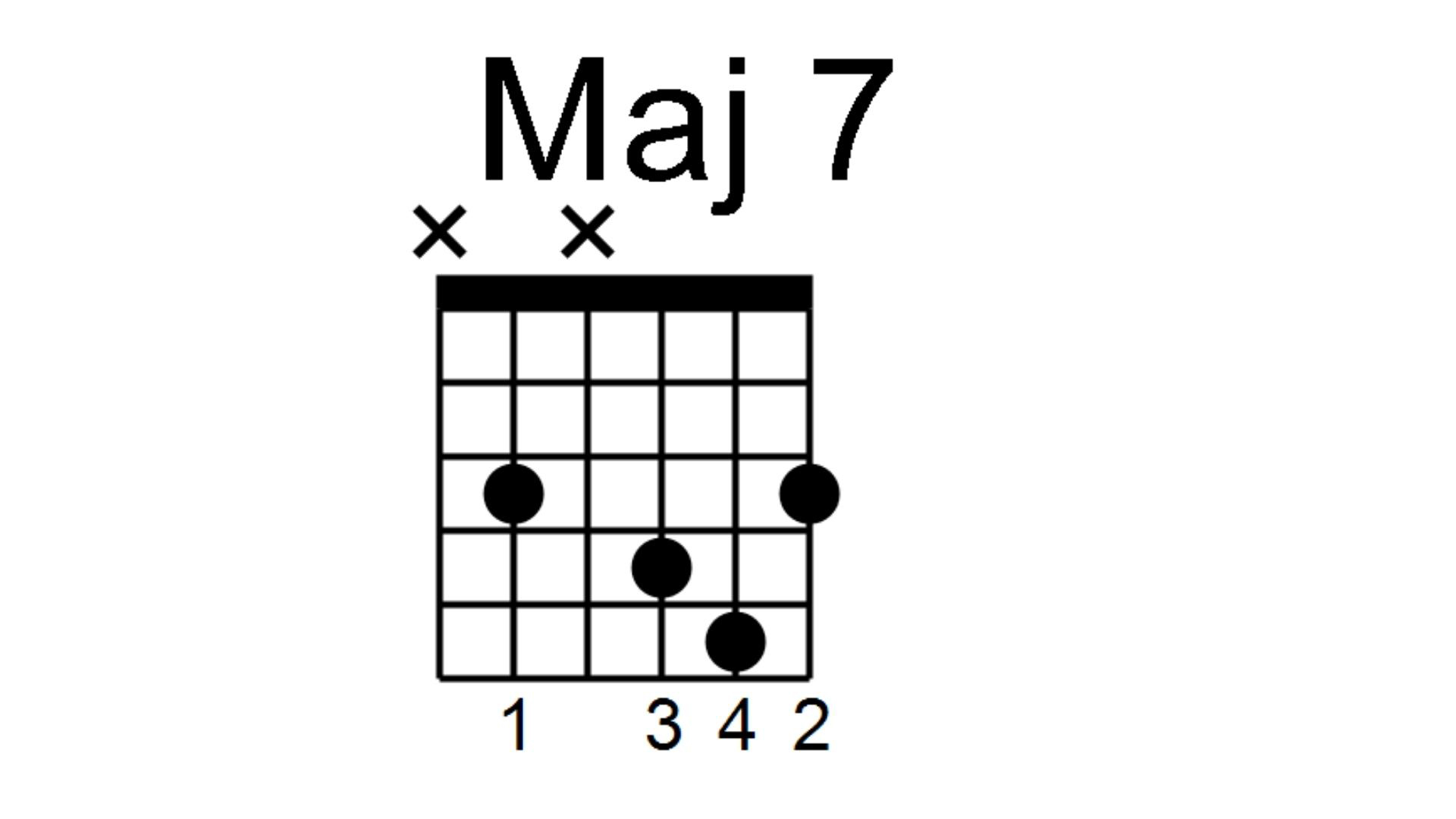
A big part of the Steely Dan guitar chord sound is the interplay between the guitar and keyboards. As a result of this, the guitar parts are often played with slightly different chord inversions, or a reduced number of notes played to free up space for the keys.
This 4 string take on a Major 7 barre chord can be heard through the verse of the track Peg.
It removes the 5th, leaving you with only 4 notes.
G6/B
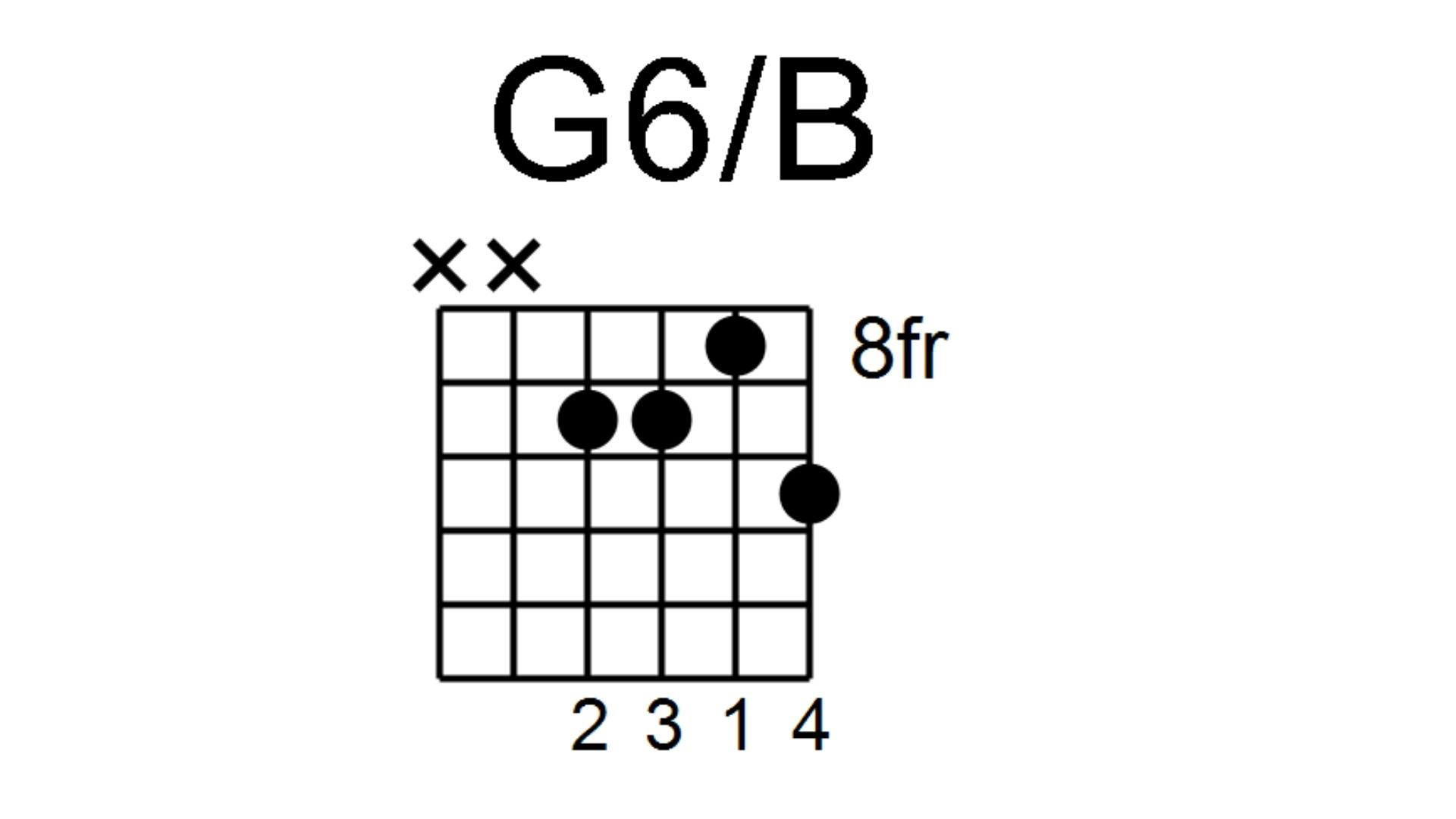
The track Deacon Blue is jam packed full of fantastic chord inversions and voicings, and this G6/B is just one of them. This is a G Major chord with an added 6th interval.
This chord has a very strong Jazz leaning but outside of the Steely Dan context would also make a great funk chord.
Dno5
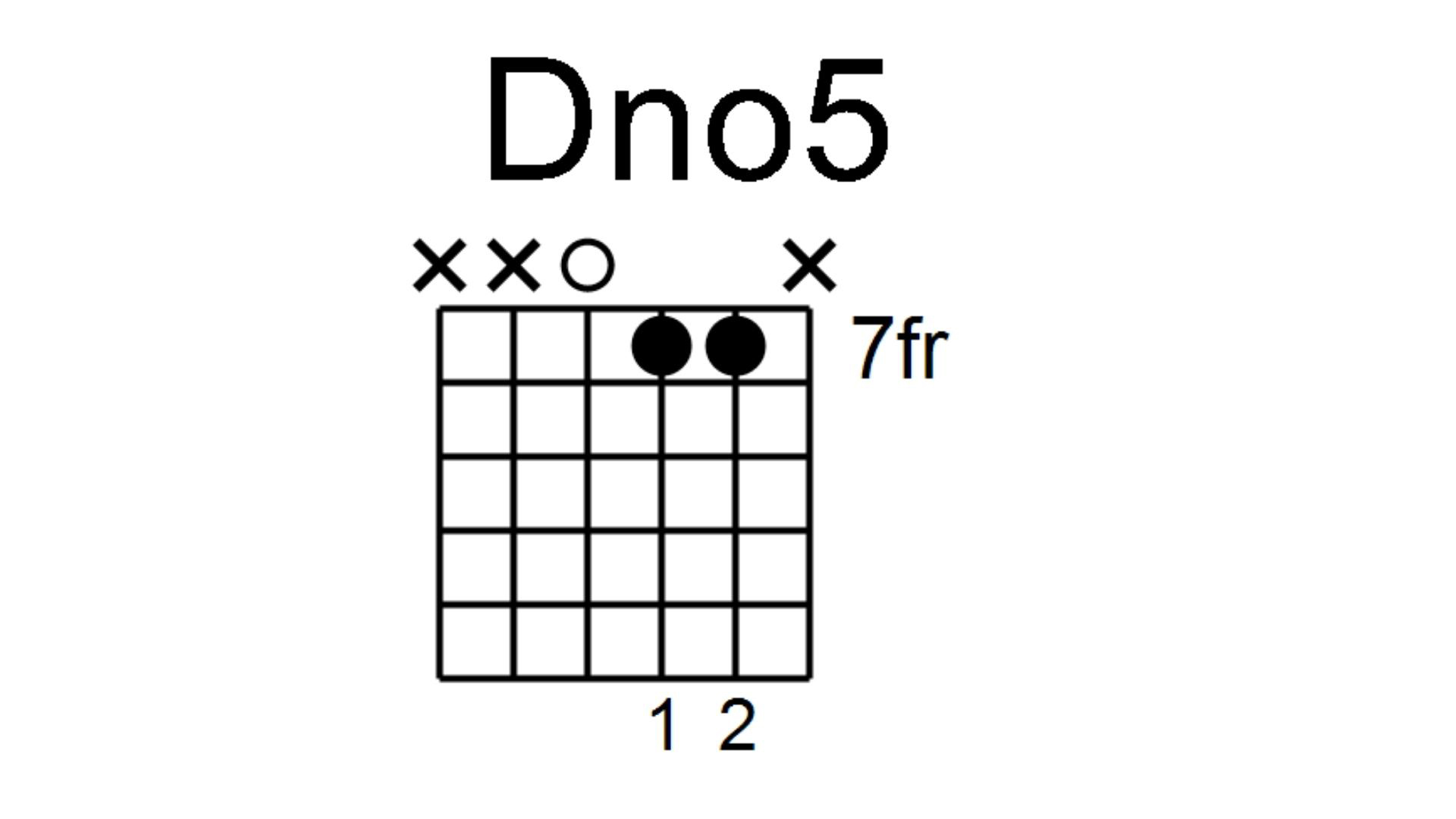
This is a really simple chord that features prominently in the track Any Major Dude Will Tell You. This simple three note chord is actually a D Major dyad. It’s the D note played twice, one octave apart, and the major 3rd of the chord.
The removal of the 5th is a trait we’ve seen in other Steely Dan chords too, most likely to free up some sonic space for other instruments to cover that note.







